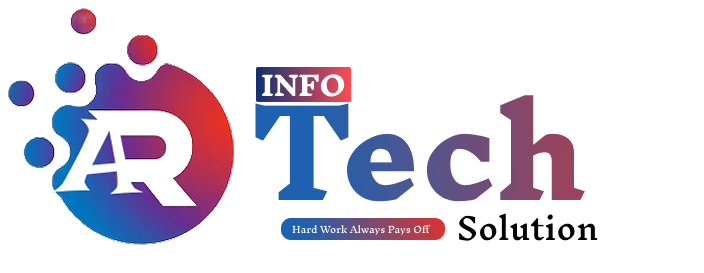Big changes are coming to Google News! As of early 2025, publishers will no longer need to manually create publication pages in the Google Publisher Center. Instead, Google will automatically generate these pages for eligible publishers. This update was announced on December 18, 2024, and aims to simplify the process for publishers while improving the experience for users.
If you’ve been using Google News to share your content, you might be wondering how this affects you. Don’t worry—we’re breaking down everything you need to know about this update and how to prepare for the changes ahead.
What’s Changing for Google News Publishers?
In the past, publishers could set up their publication pages in the Google Publisher Center. These pages acted as a hub for their news articles, allowing users to follow their updates. But starting in early 2025, Google will take over this process. Here’s a closer look:
- Automatic Publication Pages
Google will now handle the creation of publication pages for publishers who meet its content policies. If your content is eligible, you don’t need to do anything—it’ll be taken care of automatically. - Customization Until Early 2025
If you already have a manually created publication page, you can keep customizing it for a little while longer. Google says publishers will retain these features until early 2025. - Focus on Content Quality
Having a publication page doesn’t guarantee your content will show up on Google News. Google uses its ranking system to decide which content appears, based on factors like relevance, freshness, and credibility.
What Does This Mean for Your Visibility on Google News?
This update changes how your content gets discovered on Google News and other surfaces. Google’s system will automatically evaluate eligible content and rank it based on several key factors.
- Adherence to Policies: Only content that aligns with Google’s content policies will be eligible. These policies emphasize accurate, trustworthy, and transparent journalism.
- Ranking Based on Relevance: Content will still be ranked using Google’s algorithms. This means relevance, location, language, and even how recent the content is will influence whether it shows up on Google News.
- No Guaranteed Visibility: Even if you’re eligible, there’s no promise that your content will appear. The best way to increase your chances is to focus on creating great content that users want to read.
What Can Publishers Do to Stay Ahead?
Although this shift simplifies the setup process, publishers should focus on optimizing their content to stay competitive. Here are some tips to prepare for the change:
- Double Down on High-Quality Content
High-quality content has always been Google’s priority. Ensure your articles are accurate, well-researched, and engaging. Include reliable sources and avoid sensationalism to maintain credibility. - Understand Google’s Ranking Factors
Google ranks content based on freshness, relevance, and trustworthiness. Think about what your audience is searching for and create content that addresses their needs. - Check Your Content for Policy Compliance
Google has strict content guidelines for publishers. Review them and make sure your content meets all the criteria, including transparency about authorship and avoiding misinformation. - Keep an Eye on Google News Updates
Google often makes changes to its algorithms and guidelines. Stay informed by subscribing to updates and checking the Publisher Center regularly.
Why Is Google Making This Change?
Google’s decision to automate publication pages is part of its broader goal to simplify and standardize how news content is shared on its platform. By removing manual setup, Google aims to make it easier for publishers of all sizes to reach their audiences. For users, this change is likely to result in more consistent and reliable news experiences.
What Does the Future Hold for Publishers?
This transition marks an exciting opportunity for publishers to focus on their content rather than worrying about manual setup. With Google handling the technical aspects of publication pages, publishers can invest more time in creating content that stands out.
However, it’s also a reminder that visibility on platforms like Google News depends on quality and compliance. Publishers who consistently deliver engaging, trustworthy content will continue to thrive in this new system.
Conclusion
Google’s move to automate publication pages is a big step forward in simplifying how publishers interact with its news platform. While the transition might feel uncertain for some, it’s an opportunity to refocus on what really matters: creating great content that readers love.
By understanding the new system and adapting to these changes, publishers can make the most of this shift. As always, staying informed and committed to quality will be the key to success.
Disclaimer
This blog is for informational purposes only and is not affiliated with or endorsed by Google. The content is based on publicly available information and personal insights. For official updates and guidelines, visit the Google News Publisher Center.


